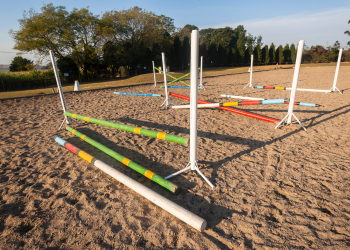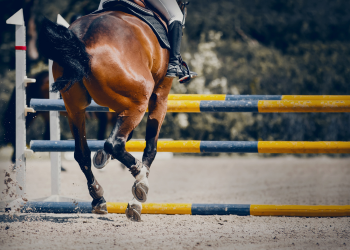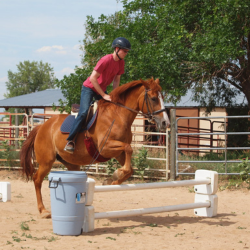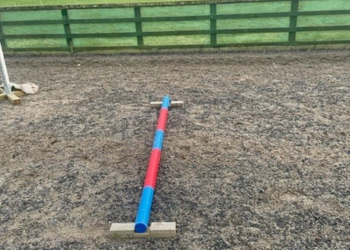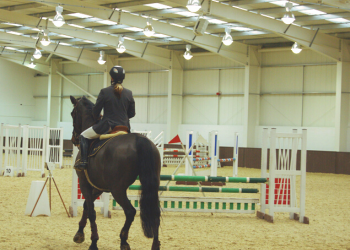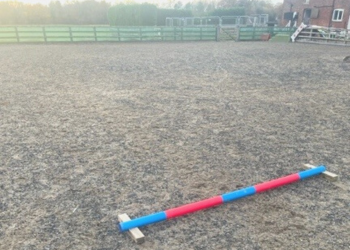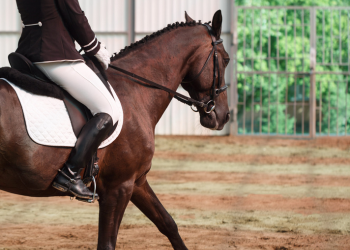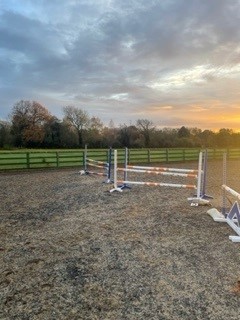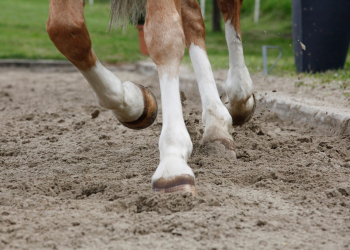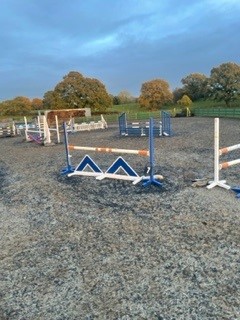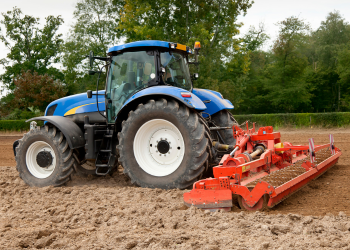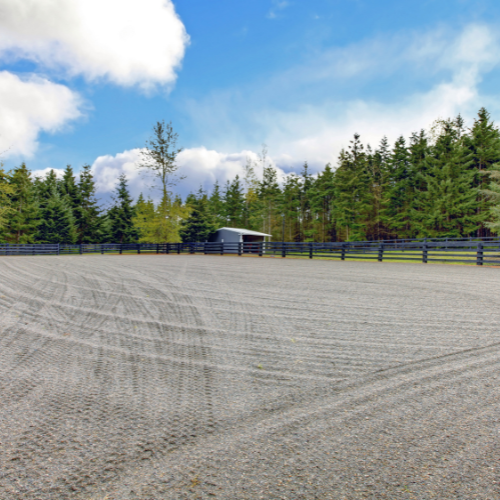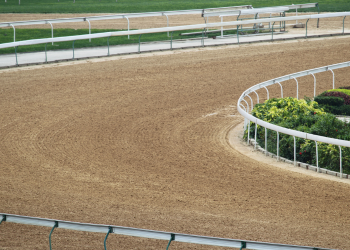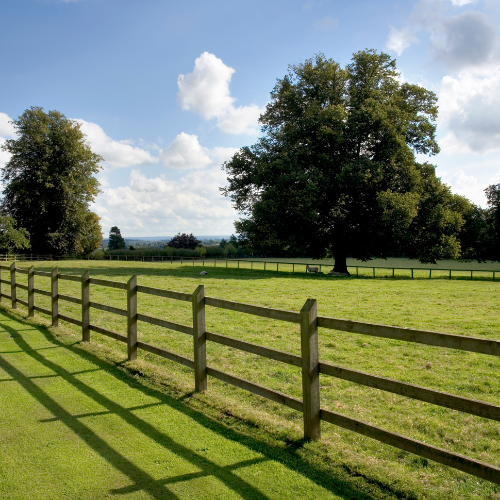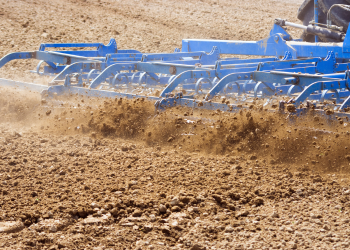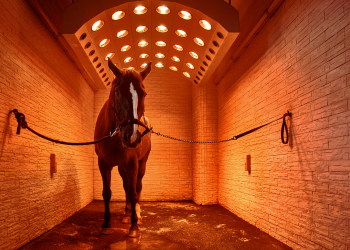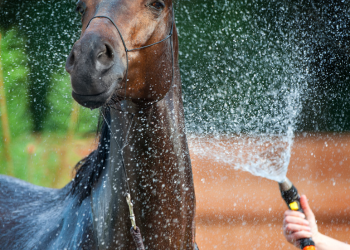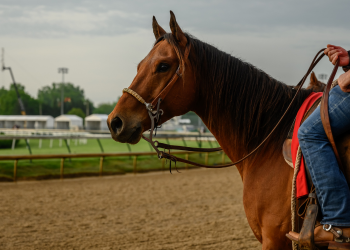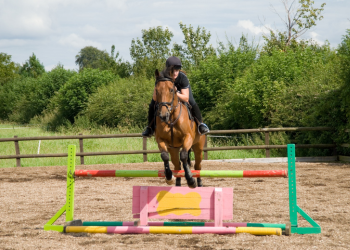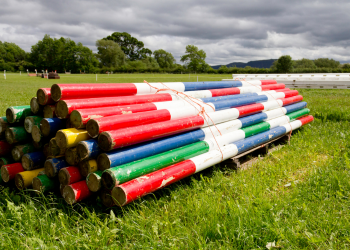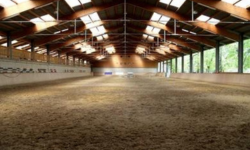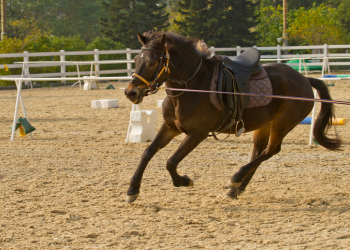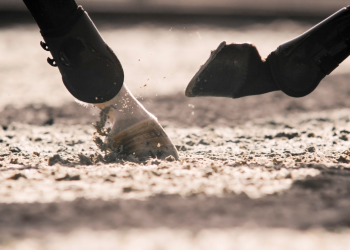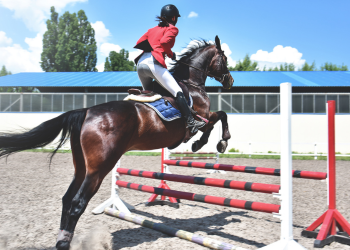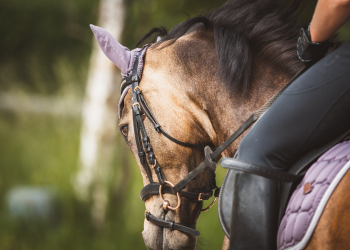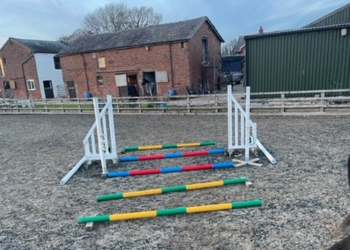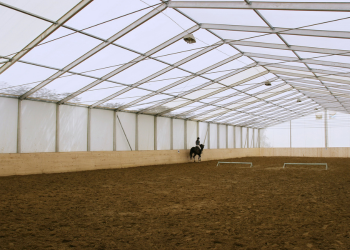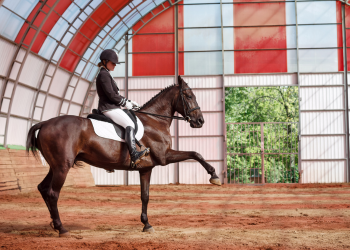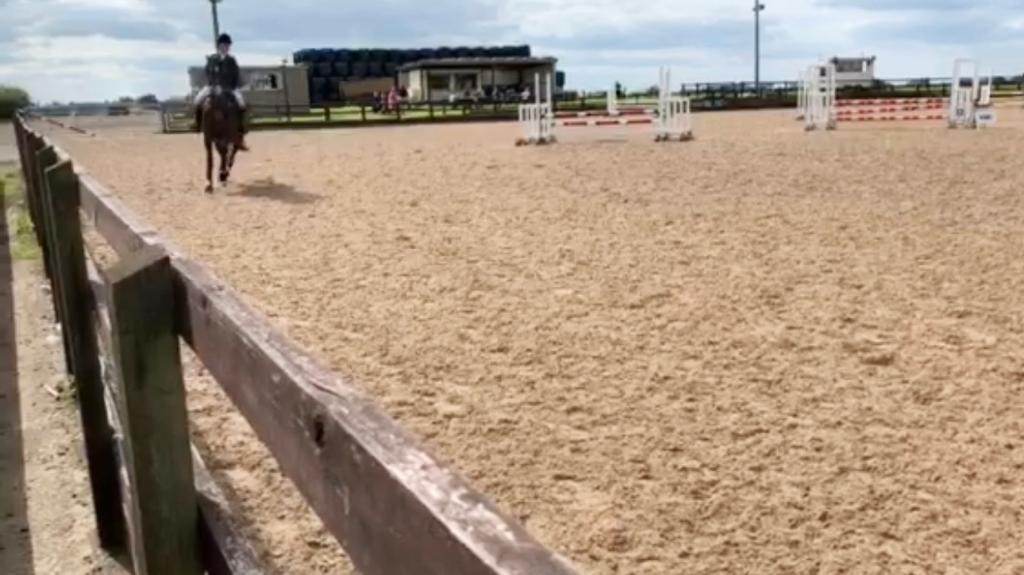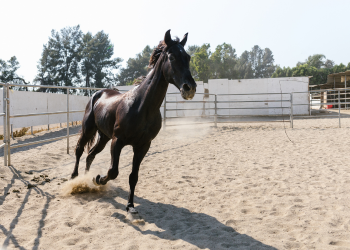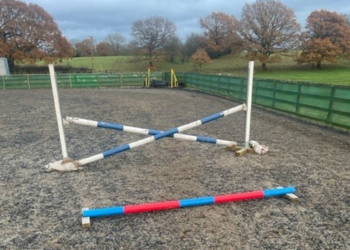Cavaletti, an essential training tool in equine sports, helps horses develop balance, flexibility, and coordination. It consists of raised poles or obstacles that encourage the horse to adjust its stride and engage its muscles properly.
Cavaletti not only enhances the horse’s physical abilities but also helps in building trust and communication between the horse and rider.
Its versatility makes it suitable for various disciplines such as dressage, jumping, and rehabilitation programs. Incorporating cavaletti exercises into training routines can greatly benefit horses of all levels and disciplines.
Key takeaway:
- Cavaletti is a training tool used in horse riding that consists of a series of low obstacles or poles. It helps improve the balance, coordination, and strength of the horse, as well as the rider’s position and control.
- The Benefits of Cavaletti Work: Cavaletti work helps horses develop a more rhythmic and balanced stride, improves their range of motion, strengthens their muscles, enhances their jumping technique, and promotes mental focus. For riders, it helps develop a secure seat, improves timing and coordination, enhances communication with the horse, and builds confidence.
- How to Use Cavaletti Effectively: To use cavaletti effectively, start with low heights and gradually increase the difficulty as the horse progresses. Use proper spacing between poles, maintain a steady pace, and focus on correct riding techniques. Vary the exercises and incorporate transitions to challenge and engage both the horse and rider.
- Everyone Can Benefit from Cavaletti Work: Cavaletti work is suitable for horses and riders of all disciplines and experience levels. Whether you are a beginner rider looking to improve basic skills or a competitive rider aiming for advanced movements, incorporating cavaletti work into your training regimen can bring numerous benefits.
The Benefits of Cavaletti Work
Cavaletti work is a type of training exercise commonly used in equestrian sports, particularly in horse jumping disciplines.
Cavaletti is a series of raised poles or obstacles that are set at specific distances to encourage horses to engage their bodies, improve their balance, and enhance their overall athleticism. Here are some of the key benefits of cavaletti work for both horses and riders:
- Improved Balance and Coordination: Cavaletti work requires horses to carefully negotiate the raised poles, which helps improve their balance and coordination. This is essential for any equestrian discipline, as a balanced horse is more responsive to the rider’s cues and less prone to stumbling or falling.
- Enhanced Proprioception: Proprioception refers to the horse’s awareness of its body position and movement. Cavaletti exercises challenge horses to be aware of their limbs and where they are placing their feet. This heightened proprioception can lead to better overall movement and agility.
- Strengthens Muscles: Negotiating cavaletti poles correctly requires the horse to engage its core muscles, hindquarters, and back. Regular cavaletti work can help strengthen these muscles, leading to improved overall muscle tone and a more powerful stride.
- Encourages Rhythmic Movement: Cavaletti exercises are often set at specific distances to encourage horses to find a natural, rhythmic stride. This rhythm is crucial in many equestrian disciplines, including dressage and jumping, as it allows for smoother, more efficient movement.
- Develops Lifting Power: Proper cavaletti work encourages horses to lift their legs higher while moving, which can be particularly beneficial for jumping disciplines. Horses that can clear obstacles with more clearance are less likely to knock down rails or stumble on landing.
- Variety in Training: Cavaletti work provides a change of routine for both horses and riders. Adding variety to training sessions can keep horses mentally engaged and prevent boredom, leading to a more willing and responsive animal.
- Builds Confidence: For both novice horses and riders, cavaletti work can help build confidence. The gradual progression from simple to more complex exercises allows horses to gain confidence in their abilities, and riders can develop their skills in a controlled environment.
- Improves Focus and Concentration: Cavaletti work requires focus and concentration from both horse and rider. Riders must guide their horses accurately through the exercises, while horses need to pay attention to where they place their feet. This improved focus can translate into better performance in other aspects of training and competition.
- Prevents Monotony: Engaging in cavaletti work can break the monotony of everyday training routines. Horses, like humans, can benefit from mental stimulation and challenges that keep them interested and motivated.
It’s important to note that while cavaletti work offers numerous benefits, it should be approached with caution and under the guidance of an experienced trainer.
Properly designed cavaletti exercises, tailored to the horse’s fitness level and training goals, can yield significant advantages in the horse’s overall athleticism and the rider’s skills.
Everyone can Benefit from Cavaletti Work
Cavaletti work is beneficial for all individuals. Here are 6 points that highlight the advantages of everyone engaging in cavaletti work:
- Improved Coordination: Cavaletti work enhances coordination skills as it requires precise footwork and balance.
- Muscle Development: The use of cavaletti engages various muscle groups, promoting strength and endurance.
- Flexibility Enhancement: Regular practice of cavaletti work increases flexibility and range of motion.
- Core Stability: The movement patterns involved in cavaletti work help develop a strong and stable core.
- Improved Balance: Cavaletti work challenges balance and proprioception, leading to improved stability.
- Mental Stimulation: Engaging in cavaletti work stimulates the mind by requiring focus and concentration.
Additionally, cavaletti work can be adapted for various skill levels and disciplines, making it suitable for everyone. It is a versatile training method that can benefit individuals across different equestrian sports and recreational riding.

How to Use Cavaletti Effectively
To utilise Cavaletti effectively, follow these 4 steps:
- Set the Height: Adjust the Cavaletti to a suitable height based on your horse’s build and training goals.
- Start Low and Slow: Begin with low and spaced-out poles, gradually increasing the challenge as your horse becomes more confident and balanced.
- Focus on Rhythm: Encourage your horse to maintain a steady rhythm while crossing the poles, promoting coordination and engagement.
- Vary the Exercises: Incorporate different patterns, such as circles and figure-eight shapes, to keep your horse engaged and responsive.
For optimal results, remember to avoid using excessive pressure or rushing your horse. Instead, provide clear cues and rewards to motivate and reinforce correct performance.
Contact Us
If you would like to find out more about horse menage construction our range of services, please get in touch and a member of our team will be happy to help.
FAQs
What are cavaletti?
How can Cavaletti Benefit Riders and Horses?
Cavaletti exercises improve fundamental skills and qualities of movement essential for success in equestrian disciplines. They enhance rhythm, balance, suppleness, cadence, and self-carriage in horses, while also improving timing, rhythm, balance, strength, and coordination in riders.
How does Cavaletti Work Help in Conditioning and Muscle Development?
Cavaletti work engages muscles, ligaments, and tendons in the hindquarters, shoulders, and forelimbs of horses. It helps build strength, improves lift and reach, and lays down muscles, all while being a versatile tool for conditioning when rigorous terrain is unavailable.
How does Cavaletti Work Enhance the Rider’s Position and Strength?
Cavaletti exercises challenge the rider’s legs, back, and core, improving strength and coordination. Executing posting trot or two-point position over cavaletti adds more value to each minute spent in the saddle.
How Often should I Incorporate Cavaletti Exercises into my Horse’s Training?
To avoid fatigue and keep a fresh attitude, it is recommended to use cavaletti strategically in a work set. This can be done anywhere from 6 to 10 times, equally off both reins, after the warm-up phase but before the main schooling session begins.


